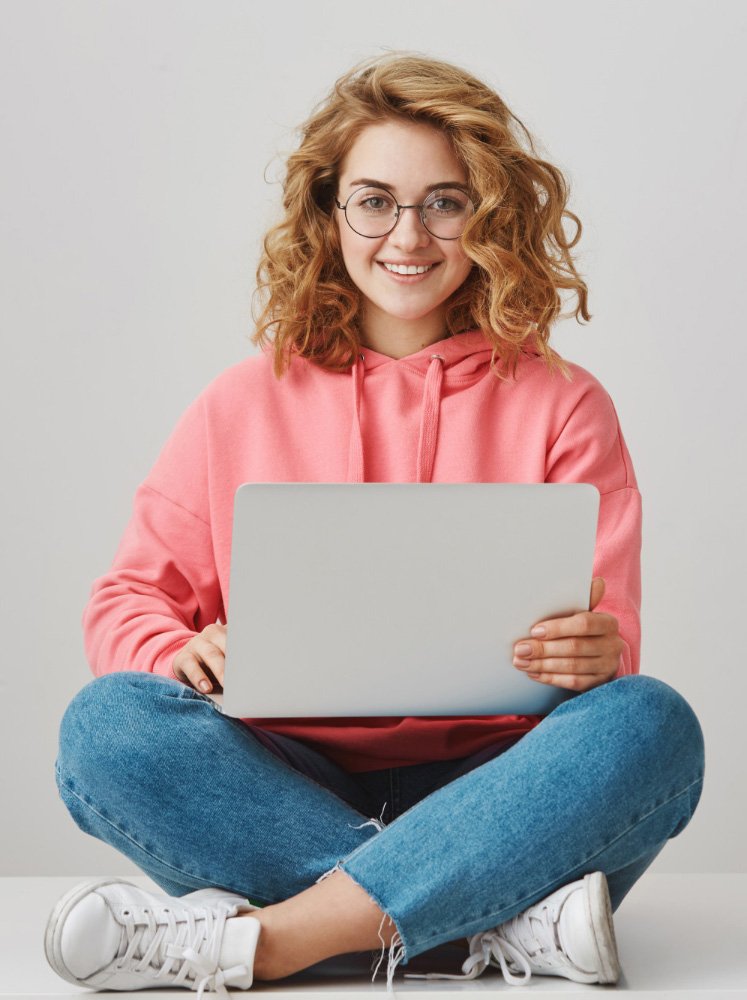For the coming release of her 12th album, “The Life of a Showgirl,” Taylor Swift sent fans on an Internet scavenger hunt this weekend, starting with a Google search for “Taylor Swift.” But as fans revealed secret videos in the course of the crusade, some fans fretted that the clips looked AI-generated — and they weren’t happy.
A Google search of the singer’s name turns up a cryptic message: “12 cities 12 doors 1 video to unlock.”
The fans had to first discover the locations of doors, and then track them down in real life and scan a QR code, which returned 12 original videos offering the clues necessary to solve the puzzle. When fans Googled that phrase, they’d be greeted with another orange door and required to collectively “knock” on it by 12 million clicks. At last, that door threw “open,” to unveil a lyric video for “The Fate of Ophelia” — and its own orange door progress bar on YouTube.
YouTube had landed the video exclusive for the track, as well as lyric videos for the other tracks on the new album.
Google shared news of the scavenger hunt in a video posted on Instagram. The video opens with a view of the Earth from space, and then quickly moves closer to show a hilly desert-like vista, which coalesces into an analemma on an hourglass: an orange door, over which is superimposed the Google search bar.
While Swifties love a puzzle, the 12 clue-having videos rubbed some of them the wrong way, especially since they looked to be AI-generated.
Rather than hunting for clues that would have unmasked Swift’s new lyric video, as she intended, some fans started digging into the clips like detectives to find if there were hints that weren’t real scenes. But though some of the clips appear computer-generated, it’s not clear to what degree they were generated with AI, if at all.
It would seem that if these videos were being created using Google’s AI products, they could achieve more. True, OpenAI is strutting its stuff with a new Sora 2 video generator, but this Taylor Swift collaboration could make for an auspicious moment for Google to demonstrate millions of Swifties what its Veo 3 model can do.
Google did not respond to TechCrunch’s inquiry as to how these videos were made, or whether Swift and Google collaborated on this activation using Google’s own AI research. But we should note that Swift and Google have formed similar partnerships for promotional efforts before.
Using artificial intelligence in creative works is a touchy subject. Some artists welcome these tools as a way to assist them; others have protested the way large language models are trained using their work without their permission, effectively co-opting artists’ own work to generate technology that can put them out of business.
Swift has even warned about the perils of AI, after former President Donald Trump shared a picture of her that was created with the technology to promote his campaign last year, prompting her to post an endorsement for then-vice President Kamala Harris’ run against Trump in 2024.
“Recently, it has come to my attention that AI of ‘me’ as endorsing Donald Trump’s presidential campaign had been posted on his site. It really plays to my fears about AI and the spread of misinformation. It got me thinking that I really need to be more transparent about my intentions for this election cycle as a voter,” she wrote on Instagram at the time.
“On its own, using AI to create music for a promotional video is not without precedent,” Howard said, and the backlash about Swift’s potential use of AI only grows when considering her influence in the industry.
And while AI might hold appeal for some artists looking to save on production, the billionaire pop musician has access to virtually every resource needed to manifest the hands and grandsets of her surreal promotional videos in the flesh.
















